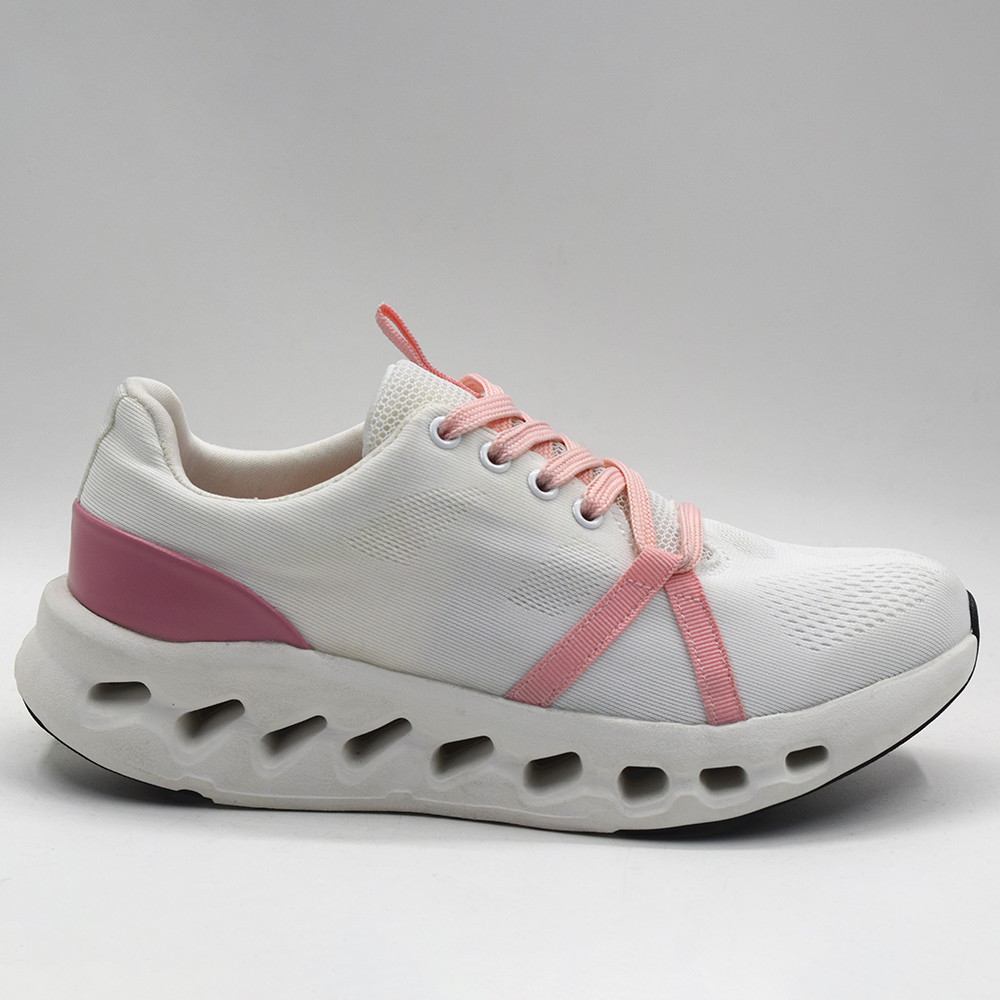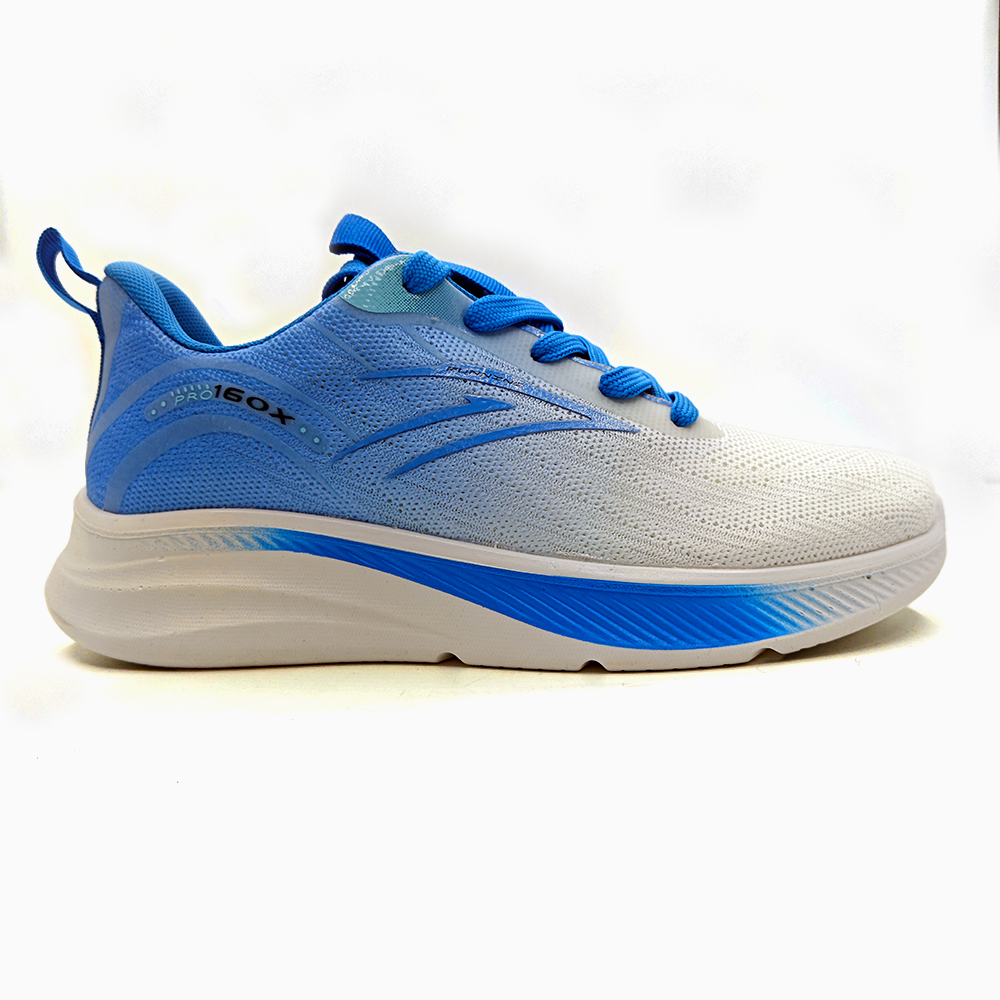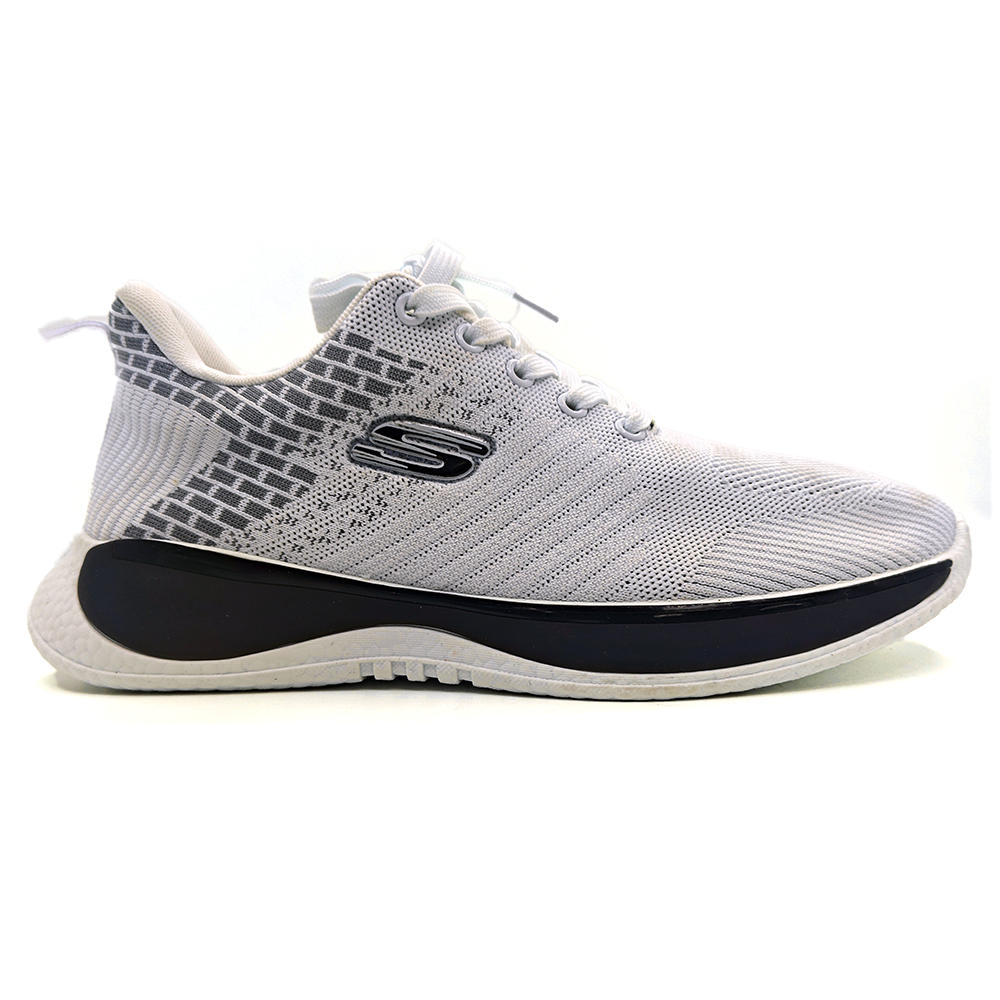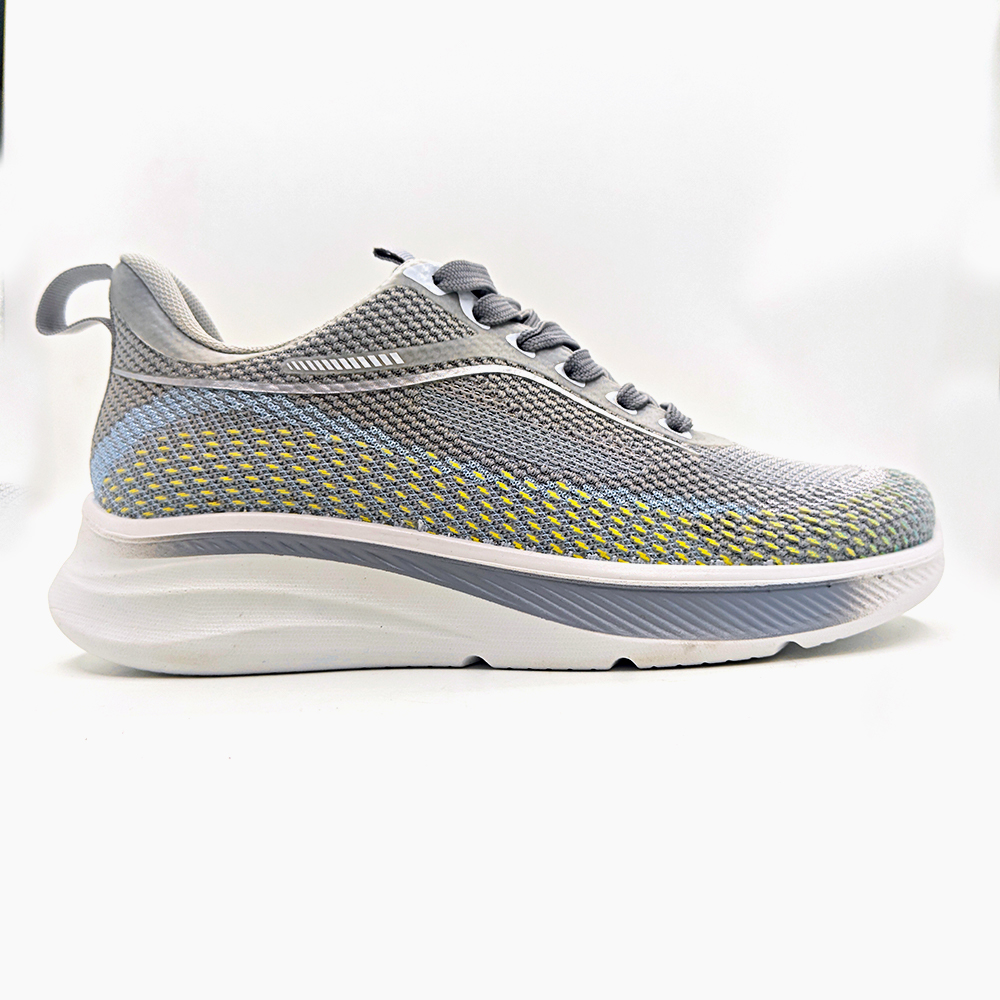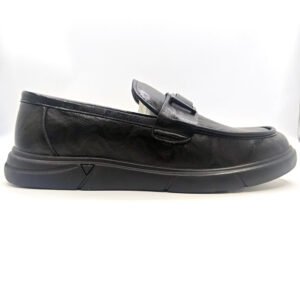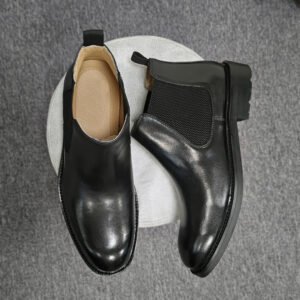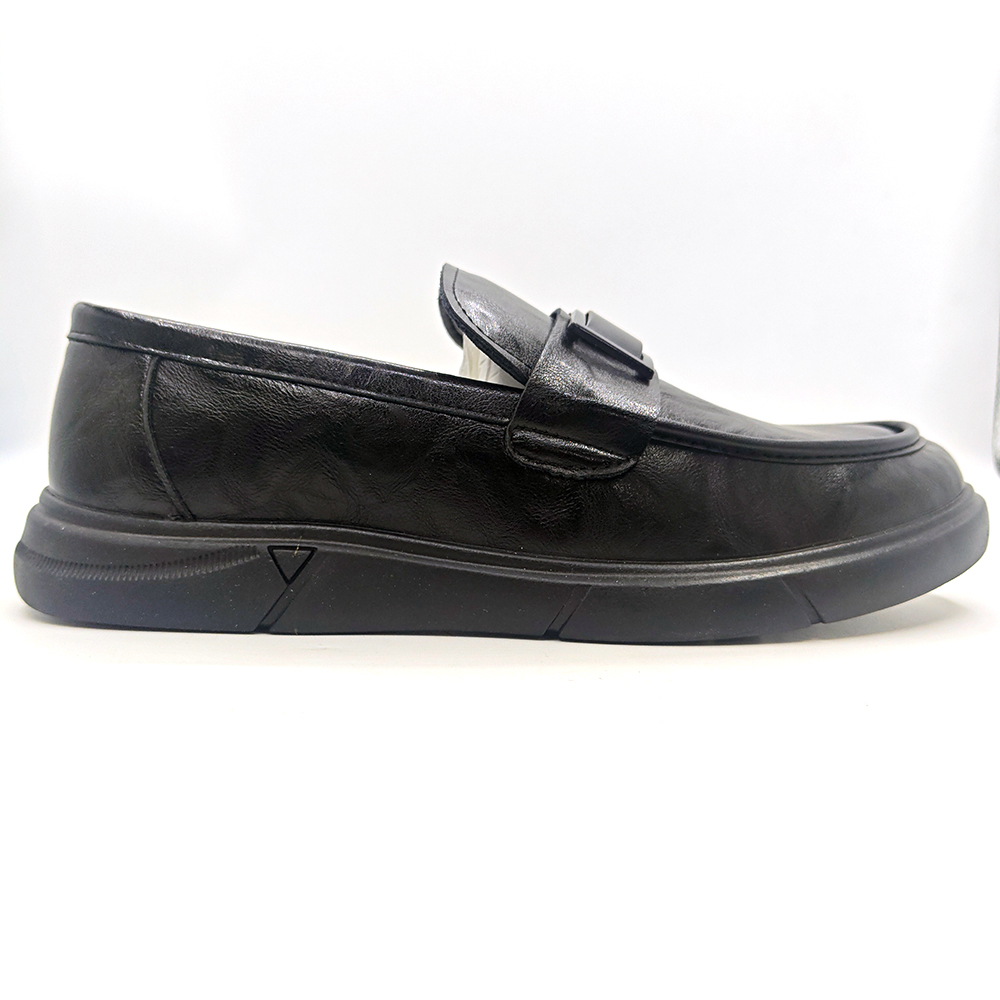Last Updated on 2025-09-07 by Topmenz Shoes
Sports shoes are not just about style—they are precision-engineered tools designed to optimize performance, prevent injuries, and enhance comfort. Two critical elements define their functionality: arch support and cushioning technology. As a professional sports shoe manufacturer, we delve into the biomechanics, material innovations, and engineering principles that make modern athletic footwear a marvel of human-centered design. This guide explores how arch support systems and cushioning technologies work synergistically to protect athletes and elevate their game.
1. Understanding Arch Support: The Keystone of Foot Health
The human foot has three primary arches—medial (inner), lateral (outer), and transverse—that act as natural shock absorbers. However, repetitive stress, improper footwear, or biomechanical irregularities (e.g., overpronation, supination) can strain these arches, leading to injuries like plantar fasciitis or shin splints.
1.1 The Role of Arch Support in Sports Shoes
- Stability: Prevents excessive inward/outward rolling of the foot.
- Weight Distribution: Evenly disperses impact forces during running or jumping.
- Fatigue Reduction: Minimizes muscle strain in the feet, legs, and lower back.
1.2 Types of Arch Support Systems
- Rigid Arch Support:
- Materials: Thermoplastic polyurethane (TPU) or carbon fiber.
- Use Case: For severe overpronation or flat feet (e.g., Brooks Beast series).
- Semi-Rigid Support:
- Materials: EVA foam with TPU reinforcements.
- Use Case: Moderate support for runners with mild pronation (e.g., ASICS Gel-Kayano).
- Dynamic Arch Support:
- Materials: Adaptive foams or air capsules.
- Use Case: Adjusts to foot movement during agility sports (e.g., Nike Free RN).
2. Cushioning Technology: From Impact Absorption to Energy Return
Cushioning is the backbone of comfort, but its role extends beyond softness. Advanced systems balance shock absorption with responsiveness, ensuring minimal energy loss during motion.
2.1 Types of Cushioning Technologies
2.1.1 Foam-Based Cushioning
- EVA (Ethylene Vinyl Acetate):
- Properties: Lightweight, affordable, but compresses over time.
- Applications: Budget-friendly running shoes (e.g., Skechers Go Walk).
- PU (Polyurethane):
- Properties: Denser and more durable than EVA, but heavier.
- Applications: Basketball shoes needing long-term support (e.g., Adidas Pro Model 2G).
- PEBA (Polyether Block Amide):
- Properties: High energy return (75%+), used in elite racing shoes (e.g., Nike ZoomX Vaporfly).
2.1.2 Air and Gas-Based Systems
- Nike Air:
- Design: Pressurized air units in the heel or forefoot.
- Benefits: Consistent cushioning without foam compression (e.g., Air Max 270).
- adidas Boost:
- Design: TPU pellets fused into a foam matrix.
- Benefits: 30% higher energy return than EVA (e.g., Ultraboost 23).
2.1.3 Gel and Fluid Systems
- ASICS Gel:
- Design: Silicone gel pods in the heel and forefoot.
- Benefits: Dissipates vertical shock forces (e.g., Gel-Nimbus 25).
- Reebok Liquid Floatride:
- Design: Fluid-filled chambers that adapt to foot strike.
3. The Synergy Between Arch Support and Cushioning
A shoe’s midsole is where arch support and cushioning intersect. Here’s how top brands engineer this harmony:
3.1 Dual-Density Midsoles
- Structure: Firmer foam under the arch + softer foam in the heel/forefoot.
- Example: Saucony Guide 16 with PWRRUN foam.
3.2 Integrated Support Systems
- Nike React Swoosh: Combines React foam with a TPU arch plate for dynamic support.
- HOVR Arch Tech (Under Armour): Compression mesh wraps the arch, enhancing stability in the HOVR Sonic 6.
3.3 3D-Printed Midsole
- adidas 4DFWD: Uses lattice structures to zone cushioning and arch support digitally.
4. Material Science: Innovations Driving Performance
4.1 Sustainable Cushioning Materials
- Bloom Foam: Algae-based EVA used in Altra Escalante.
- Allbirds SweetFoam: Sugarcane-derived midsole with carbon-negative production.
4.2 Hybrid Foams
- PWRRUN PB (Saucony): Blends PEBA and EVA for a balance of softness and rebound.
- Nike Joyride: TPE beads encapsulated in foam for personalized cushioning.
4.3 Carbon Fiber Reinforcement
- Carbon Plates: Embedded in midsoles to reduce energy loss and stabilize arches (e.g., New Balance FuelCell RC Elite).
5. Sport-Specific Engineering: Tailoring Support and Cushioning
5.1 Running Shoes
- Marathon Shoes: Ultra-responsive PEBA foams + carbon plates (e.g., ASICS Metaspeed Sky+).
- Trail Runners: Rocker soles + reinforced arches for uneven terrain (e.g., Hoka Speedgoat 5).
5.2 Basketball Shoes
- High-Impact Zones: Zoom Air units in the forefoot (Nike LeBron 21) + TPU arch shanks.
- Ankle Support: Integrated heel counters + dynamic lacing systems (e.g., Jordan 38).
5.3 Tennis Shoes
- Lateral Support: Medial posts + herringbone outsoles (e.g., Adidas Barricade).
- Low-Profile Cushioning: Lightweight EVA for quick pivots (e.g., ASICS Solution Speed FF 3).
6. Testing and Validation: How Arch Support and Cushioning Are Proven
6.1 Lab Testing
- Drop Test: Measures impact attenuation (ASTM F1976).
- Flex Test: Evaluates midsole durability (SATRA TM144).
6.2 Biomechanical Analysis
- Pressure Mapping: Sensors track force distribution across the foot (e.g., Novel Pedar system).
- 3D Gait Analysis: Identifies pronation patterns to refine arch support designs.
6.3 Athlete Feedback
- NBA Players: Custom orthotics integrated into game shoes.
- Marathoners: Prototype testing for cushioning longevity over 26.2 miles.
7. Choosing the Right Shoe: A Consumer Guide
7.1 Identifying Your Arch Type
- Flat Arches: Look for motion control shoes with rigid support (e.g., Brooks Adrenaline GTS).
- Neutral Arches: Opt for balanced cushioning (e.g., New Balance Fresh Foam 1080).
- High Arches: Prioritize plush cushioning to compensate for rigidity (e.g., Hoka Bondi 8).
7.2 Matching Cushioning to Your Sport
- Running: Responsive foams for speed (PEBA) vs. soft foams for comfort (EVA).
- Basketball: Impact protection (Zoom Air) + torsional stability (carbon shank).
7.3 When to Replace Your Shoes
- Cushioning Breakdown: Loss of bounce or visible midsole creasing (typically 300–500 miles).
- Support Failure: Increased foot fatigue or uneven sole wear.
8. The Future of Arch Support and Cushioning
8.1 AI-Driven Customization
- FitTech: 3D foot scans + machine learning to design personalized midsoles.
8.2 Smart Materials
- Self-Healing Foams: Polymers that repair micro-cracks (University of California research).
- Phase-Change Materials: Adjust cushioning firmness based on temperature.
8.3 Sustainability Innovations
- Mycelium Foam: Mushroom-based cushioning (e.g., Reishi by MycoWorks).
- Circular Design: Fully recyclable midsoles (e.g., adidas Futurecraft Loop).
Engineering Excellence for Every Step
Arch support and cushioning are not static features—they are dynamic systems evolving with advancements in biomechanics, material science, and sustainability. As a sports shoes manufacturer committed to innovation, we’re pioneering technologies that protect athletes’ feet while pushing the boundaries of performance. Whether you’re a marathoner chasing a PR or a weekend warrior, the right combination of support and cushioning can transform your movement—and your potential.
Any questions pls contact custom shoes expert Whatsapp +86 13392749315 and Get the latest news and updates straight to your email inbox.

